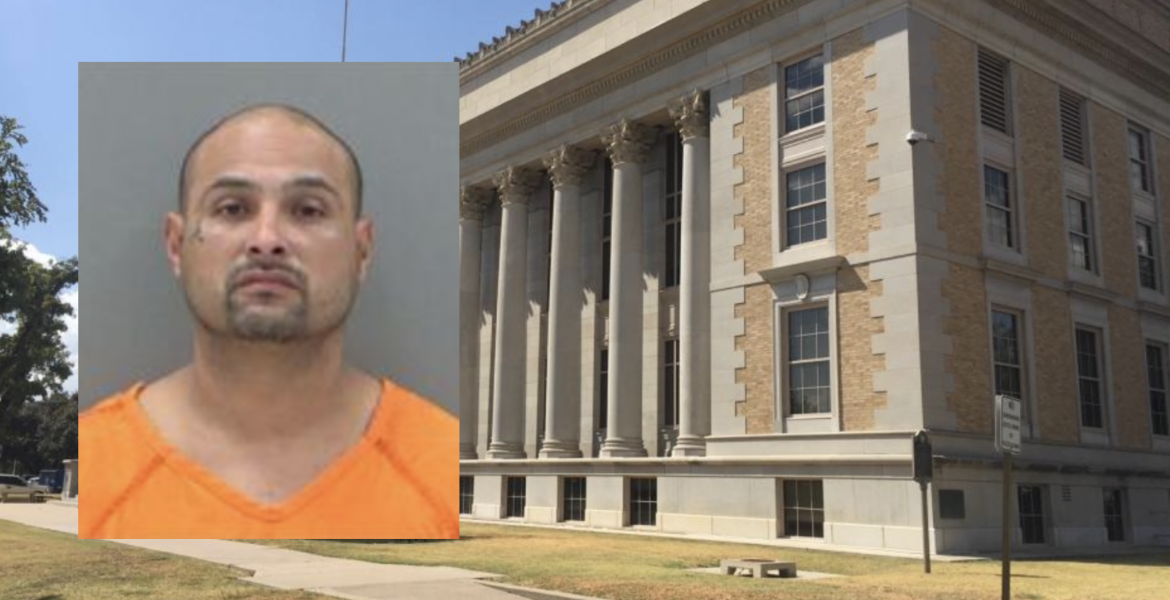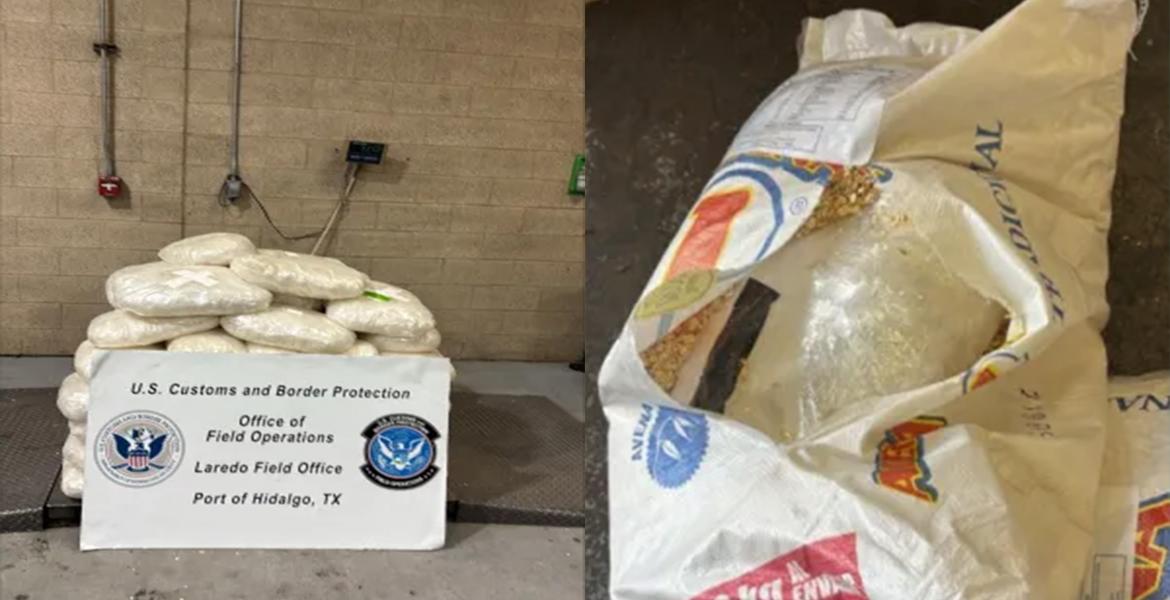Close quarters, family, food and alcohol may lend to the excitement of the holiday season, but it can also be a recipe for disaster, local agencies warn, when a perceived increase in family violence starts around Thanksgiving weekend.
In 2013, 18 local families reported assaults to the San Angelo Police Department, a relatively static number as compared to the 17-case average over the same four-day weekends in March, June and September. The statistics were similar for 2012-2010, with the largest disparity in 2009, when Thanksgiving weekend saw 10 more reported assaults than the random-sample average of 16.
Although the numbers remain almost stagnant, and in some cases are actually lower, the dynamics of the family home during the holidays are such that the potential for violence is actually higher.
According to statistical crime data for the state of Texas, 185,453 family violence incidents were reported in 2013. Nearly half of those incidents, 45.4 percent, were reported between family members in the “other” category, including grandparents, siblings, step-siblings and in-laws. Likewise, 34.3 percent of sexual assaults statewide were reported to occur between parents, children and other family members.
Some law enforcement officers and social workers agree that although the reports are lower, the statistics may not reflect a real dip in violence, but rather a likely trend of under- or delayed reporting.
"Many of these crimes are not reported until a much later time," said Assistant Police Chief Jeff Fant.
Payne agreed, stating, "I think part of that is because they want to focus on the holidays. We have a lot of victims who want to forget it and who want to just move on, and who just want to push it so far back that they don’t have to think about it. I think that’s easier to do around the holidays because they can distract themselves with the holidays. They have some other things to kind of occupy their minds, but the sad thing is it won’t go away, it’ll come up at some point later.”
Another issue, Payne said, is that victims may avoid filing a report for fear of retaliation or simply because they don’t believe their cases will be taken seriously. She said she’s heard has heard stories from victims that say they don’t want to report crimes because they don’t feel like anything will be done. However, she and the staff at the Rape Crisis Center encourage reporting and remind victims that each case is looked at individually.
“They’ve heard things,” she said, referring to those who may avoid filing reports. “Maybe they heard somebody else’s case didn’t go anywhere or they’ve seen things in the media; a lot of victim blaming and things like that.”
Fant emphasized that SAPD prides itself on conducting thorough and honest investigations into every violent crime reported in their jurisdiction, and noted that collecting and processing DNA evidence is time-consuming, which can cause worry to victims.
“Our case clearance rate in these particular arenas rivals if not surpasses that of our benchmark comparisons,” he said. “ Crimes against children and sexually -related crimes are the most personal forms of violence and are often unreported due to the victim having to re-live the traumatic situation repeatedly throughout the investigation and prosecution periods.
“DNA labs are seriously understaffed and saturated with work, often taking six months or more to even get to evidence that we submit,” he continued. “To the victim, this can sometimes seem like we are not working on the case or have simply ‘thrown it out.’ This is not the case. We believe that if a victim is going to step forward to report such a heinous crime, then we want to make sure we do everything in our power to see that justice is done. Prosecution is difficult and even a rape suspect is considered innocent until proven guilty. The police provide the facts that lead to guilt.”
During the holidays, Payne said, the Rape Crisis Center sees a dip in activity as fewer sexual assaults are reported. That picks back up around the first of January, she said, however the potential for violence is still there.
“We have our ebbs and flows throughout the year. You will probably see more domestic violence during the holidays than sexual assault, and sometimes sexual assault is part of the domestic violence,” she said. “Sometimes there will be an increase around the holidays—especially in child sexual assault—because a lot of times, they’re around their families and there’s family get-togethers and perpetrators will have access to the victims.”
In 2012, local agencies saw an upswing in violence, which was largely attributed to a population increase. The numbers fell a few marks in 2013 as reported by the DPS, however Payne said the Rape Crisis Center has remained fairly steady over the past year.
“We haven’t really seen an increase or decrease,” she said. “But I’m wondering if the decrease that we’re seeing in some crimes is because people are getting frustrated—and we see this with sexual assault, especially—people are frustrated with how the criminal justice handles situations or doesn’t. I think word of mouth creates this hesitancy for people to even report. So I think it’s happening out there, I think they’re not reporting as much.”
Payne emphasized the importance of support for victims, adding that the center provides various forms of victim advocacy, both with law enforcement and medically. She said victim blaming has become a serious and detrimental problem, and suggest that people familiarize themselves with what victims really go through.
“It’s very important [for women to speak to someone],” Payne says. “I’m not saying everybody needs to come in, but it’s important that everyone talks to someone and knows they’re understood and gets support.”
The Concho Valley Rape Crisis Center has a 24-hour Hotline where victims can call and speak to a counselor when needed. The number is 325-658-8888. They also have a toll-free hotline at 800-656-HOPE (4673).
Subscribe to the LIVE! Daily
Required






Post a comment to this article here: